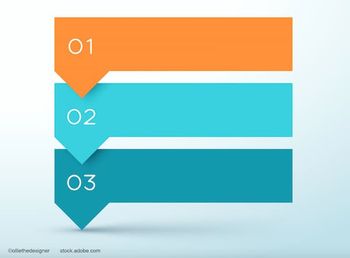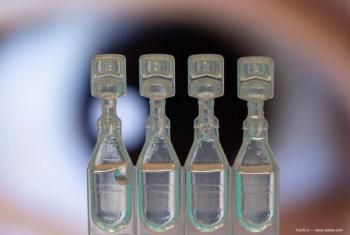
Circular lamellar keratomileusis emerging as an attractive alternative to LASIK
Washington, DC — Circular lamellar keratomileusis (CLK) is a new surgical procedure that offers a potentially safer alternative to LASIK for the treatment of low myopia (up to -5 D), myopic presbyopia, and emmetropic presbyopes, said Gholam Peyman, MD, at the Innovators Session.
April 19 - Washington, DC - Circular lamellar keratomileusis (CLK) is a new surgical procedure that offers a potentially safer alternative to LASIK for the treatment of low myopia (up to -5 D), myopic presbyopia, and emmetropic presbyopes, said Gholam Peyman, MD, at the Innovators Session.
"We know that low myopes and presbyopes represent the largest groups of potential candidates for refractive surgery. CLK appears to have the potential to correct those problems, but unlike LASIK leaves the visual axis intact," Dr. Peyman said.
The procedure involves creation of a doughnut-shaped lamellar flap using the femtosecond laser with the beam's path blocked in the center to spare the central visual axis. The hinge is cut with a scissors, but the flap remains attached centrally.
The optical correction is performed through the peripheral part of the cornea using a corneal inlay that has a similar index of refraction as the cornea. The inlay features a central 1.5- to 2-mm hole and can be either a single doughnut-shaped piece or two semicircular pieces. Using a single-piece inlay, the lamellar flap is pulled through the central hole of the inlay.
Dr. Peyman noted that in addition to leaving the visual axis intact, CLK has a number of other potential advantages compared with LASIK. First, there is less chance of decentration and misalignment. In addition, it offers the potential for exchange and reversibility.
"If the patient develops a cataract, the inlay can be removed for accurate IOL power calculation, and after IOL implantation, an inlay can be placed to correct any remaining refractive error," Dr. Peyman said.
Newsletter
Don’t miss out—get Ophthalmology Times updates on the latest clinical advancements and expert interviews, straight to your inbox.














































.png)


